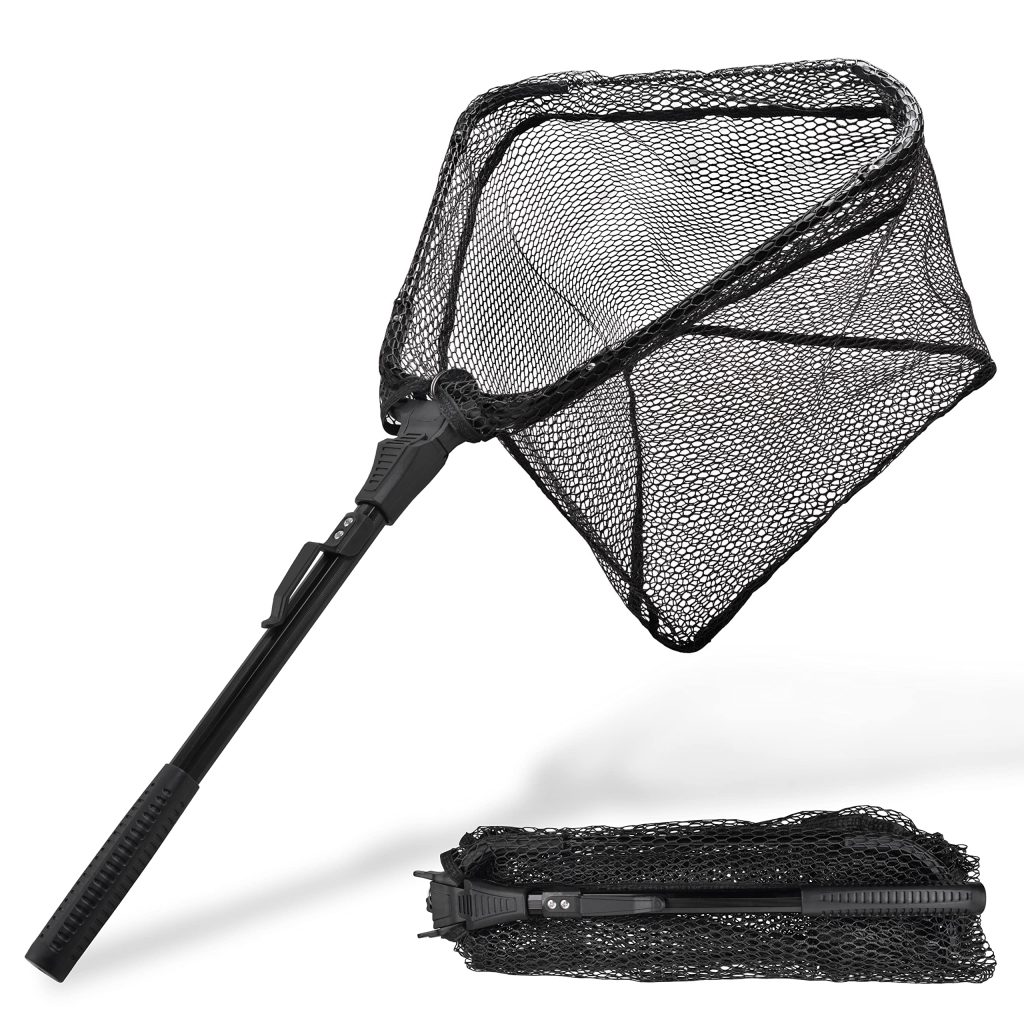In the ever-evolving world of fishing, one can’t help but be captivated by the simplicity and effectiveness of a tool as ancient as the art itself—the fishing net. Far more than just a means to secure a bountiful catch, the fishing net has transcended time, blending traditional craftsmanship with modern technology. Join us as we delve into the intricacies of this timeless instrument, exploring its rich history, diverse types, and the indispensable role it plays in the world of angling.
The Historical Tapestry of Fishing Nets:
Fishing nets have a storied past, dating back thousands of years. Early nets were meticulously woven from natural materials like plant fibers and sinew, showcasing the resourcefulness of our ancestors. As civilizations progressed, so did the sophistication of these nets. Materials evolved to include cotton, silk, and eventually synthetic fibers, marking a shift towards durability and efficiency. Today, fishing nets stand as a testament to the enduring legacy of human ingenuity.
Types of Fishing Nets:
- Cast Nets:
- Renowned for their simplicity and versatility, cast nets are circular and thrown over the water by hand. Widely used by anglers to catch baitfish, their design allows for quick and efficient casting.
- Seine Nets:
- Seine nets are deployed from boats or from the shore, forming a large wall of mesh that encircles the fish. Used for both commercial and recreational purposes, seine nets come in various sizes to suit different environments.
- Gill Nets:
- A vertical net that hangs in the water, gill nets capture fish by entangling their gills as they attempt to swim through. Commonly used in both freshwater and saltwater environments, gill nets are effective for targeting specific species.
- Trawl Nets:
- Employed by commercial fishermen, trawl nets are dragged along the seabed or through the water to capture a variety of species. These nets are often used in large-scale fishing operations.
The Anatomy of a Fishing Net:
- Mesh Size:
- The size of the mesh determines the type and size of fish that can be caught. Larger mesh sizes are used for larger fish, while smaller mesh sizes are employed for smaller species.
- Twine Thickness:
- The thickness of the twine used in the net affects its strength and durability. Thicker twines are suitable for heavy-duty applications, while finer twines may be used for more delicate fishing needs.
- Lead Line and Float Line:
- The lead line provides weight to keep the net submerged, while the float line keeps the upper edge of the net afloat. Balancing these components is crucial for effective net deployment.
Conclusion:
In the intricate dance between man and the sea, the fishing net remains a steadfast partner, embodying the essence of a time-honored tradition. From the skilled hands that meticulously weave its intricate patterns to the technological advancements that enhance its efficiency, the fishing net is a testament to the adaptability and resilience of angling tools. So, as you cast your net into the depths, remember the centuries of craftsmanship and innovation that have woven this simple yet profound instrument into the fabric of fishing history.


